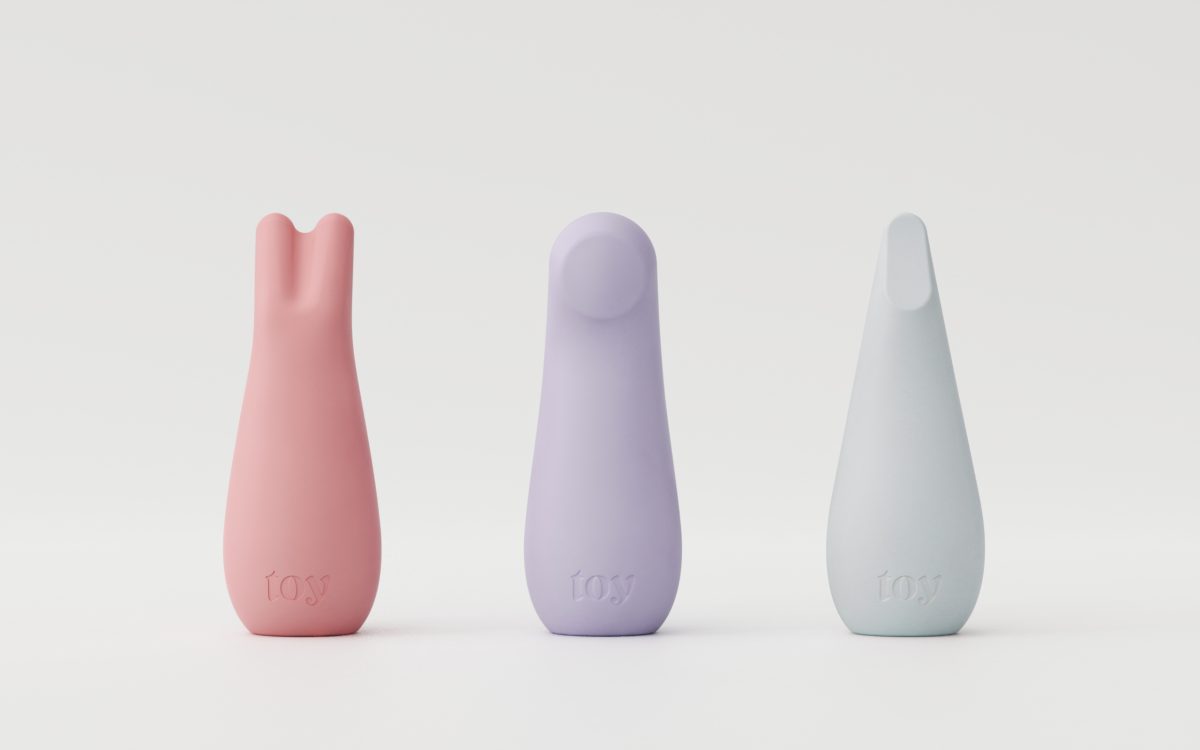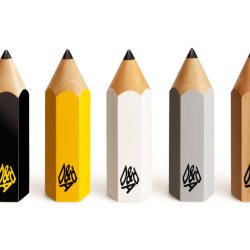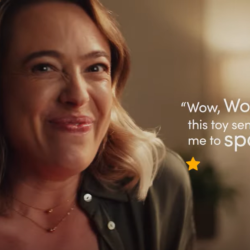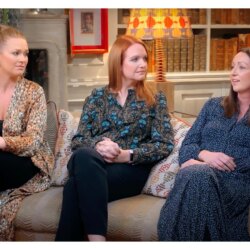Hi Jo, thanks for taking the time to chat. So what does your agency Morrama do? The website says you design beautiful, meaningful products and experiences. Did it start out like that? What have you designed lately?
We are a design and innovation agency that works mostly with start-ups. This means we work from the ground up to design and launch products that say something new in a market, that tell a new story. Our mission has been the same since we started in 2015, so we have a pretty good understanding of how to launch products that start companies, some of which have gone on to sell hundreds of thousands of units and raise millions of dollars.
Our most recent clients include Wild; a sustainable cosmetics brand, Apex; a UK-based Peloton rival and Quell; a fitness gaming platform that brings a new dimension to at-home workouts.
Initially we connected over the Toy Project. Can you talk about that? From what I gather it meant you spent a large part of lockdown surrounded by sex toys.
Yep, I had a desk covered in sex toys for a while. Found myself waving them around in more than one video call and having to explain myself! The Toy Project team came to us in April 2020 with the goal of celebrating the differences in people’s sexual preferences, through the design of a trio of intimate vibrators.
Speaking of sex toys… what’s happening in that space these days? Do we even use that term? Is it now sexual wellness?
Sexual wellness, or as Toy Projects put it, intimate culture, has really become much more mainstream over the past five years. Taboos are being broken down in film and TV with regards to sex — think Netflix’s show Sex Education, and the association of sex with wellness has made it much more acceptable for brands to launch in this space.

Is this reframing of sex and sex-related products a way to make it more mainstream and accessible? Is it sort of a ‘softly softly catchy monkey’ approach to getting people to open up a bit more about sex and blend it into their lives?
For sure, some of it is industry driven; a way for brands to attract customers through empowering Instagram feeds rather than seedy Pornhub ads. But, ultimately, it’s not a bad thing that we recognise that intimacy, whether explicitly sexual or not, is a human need and to be celebrated and talked about openly, not just behind closed doors.
As a team, ‘sexual wellness’ looks like it’s fast becoming mainstream. Holland & Barrett have a sexual wellness section on their website and Urban Outfitters has an ‘Intimate Care + Sexual Wellness’ area. Are we likely to see more retailers jumping into this space this year?
Gen Z are really leading the way with an openness to topics that were previously seen as hush hush. Whether it’s sex, periods or mental health, the younger generation are willing not only to speak about these things, but to spend money on them. So for sure, brands would be foolish to miss out on this rapidly growing market.
It’s not just in the words used in a marketing sense either, is it? For example, the design of products has them looking like wifi speakers, kitchen utensils, or pieces of art. Is this an intentional design-led way to reposition sex toys within wellness and reframe how we think about sex?
I think the biggest shift is that toys have become a massive opportunity for design. In the past, there might be a small in-house team (often male-led) just churning out new ‘more powerful’ ‘bigger’ ‘hot pink’ designs for a small number of brands. Nowadays, most established design studios have a sex toy in their portfolio. Most toys are incredibly simple in their function, which means you can have fun with the form.

Let’s talk about men. Many of these products and much of the discussion tends to focus on women. I recently read a piece on how male grooming is moving more into sexual health — ‘from beard to boner’, they said. What are your thoughts on men entering the fray?
Sex toys for men, at least in the past, typically implied ‘fetish’. Even in porn, whilst dildos and vibrators in the hands of women are commonplace, toys don’t feature as much in male play. Conversations around sexual wellness, however, allow the discussion of toys to come up in a much less taboo way. I think a lot of this is helped by a step away from being gender specific.
Brands like Roam, which make lubricants, don’t label their products ‘for him’ and ‘for her’, but rather ‘for the front’ and ‘for the back’. Whilst certain toys will undoubtedly be more beneficial for either a penis or a vagina, there are plenty of other less gender specific intimate zones to be targeted. This ability for men to perhaps tap into toys that would have (in the past) been seen as meant for women, will only help increase both market growth and acceptance.
Our theme (in March 2022) was ‘Utopias and Dystopias’: what excites you about how sexual wellness is growing globally? How would you like to see it change us for the better? Do you have any concerns about this growth, and are there any things that brands and people should be mindful of?
Combine smart sex toys and VR and you equally enable physical intimacy between long distance couple and someone looking to take their schoolgirl fantasies to a completely new, and very disturbing, level. Black Mirror outcomes aside, this is a rapidly growing market (estimated to be $57.2bn by 2026) and talking about and exploring our sexual preferences more openly can only be a good thing. It could encourage couples to enhance their relationships by broadening their experiences in the bedroom or help young people understand and explore their sexuality in a way that doesn’t feel taboo.































